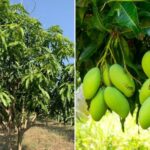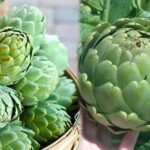Binh Thuan has also experienced a significant increase in tourist numbers and revenue since the operation of the expressway connecting Ho Chi Minh City with the provinces of South Central Vietnam.
While Lam Dong is a mountainous province, famous for its two prominent destinations, Da Lat and Bao Loc, Binh Thuan is a coastal province, attracting tourists with its beach and island offerings, including Phan Thiet, Mui Ne, and more.
Dak Nong, while not as well-known for its tourism as Lam Dong and Binh Thuan, also has its fair share of intriguing destinations, such as Ta Dung National Park, volcanic caves, famous waterfalls, and ancient villages.
The information about the merger of these three provinces has been widely shared in travel groups. As a result, netizens have dubbed the post-merger Lam Dong province as a “tourism paradise” with “high mountains, vast lakes, blue seas, and beautiful islands.”
Da Lat
Da Lat, situated on the Lam Vien plateau at an altitude of 1,500 meters above sea level, enjoys a year-round cool climate and is adorned with vibrant flowers.
Since the mid-1910s, the French have been captivated by Da Lat, transforming it into a breathtaking resort town and a picturesque city adorned with villas, office buildings, schools, and hotels.
Da Lat captivates visitors with attractions such as the Da Lat train station, the Da Lat Teacher Training College, the cathedral, the Dinh I, II, and III from the reign of King Bao Dai, the Tran Le Xuan Palace, and the unique Linh Phuoc Pagoda built with beer bottles and ceramic fragments.
The city is also renowned for its natural wonders, including Tuyen Lam Lake, Datanla Falls, Suoi Vang Lake, Da Phu Hill, and the Cau Dat tea hills.
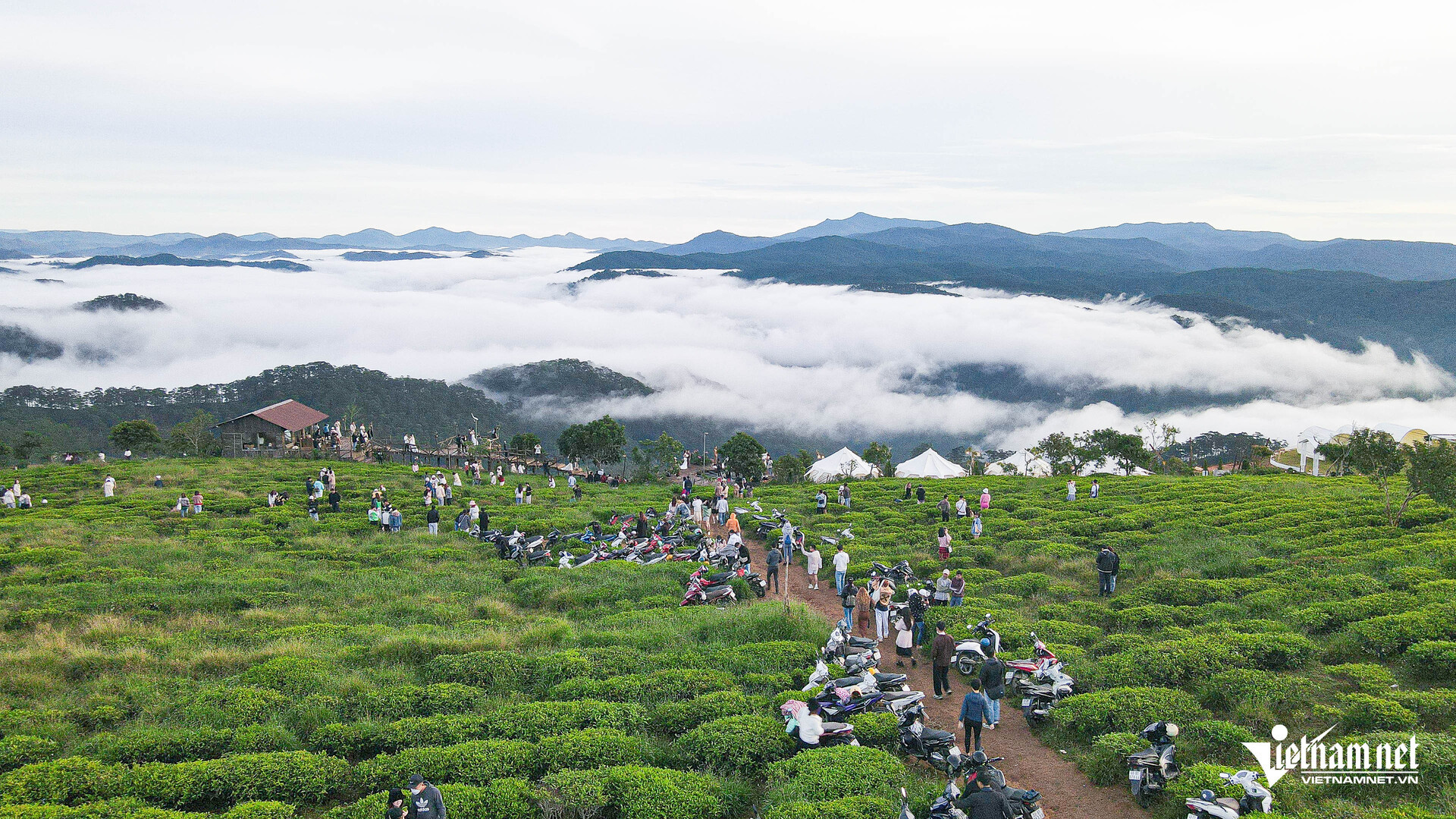
Tourists flock to the Cau Dat tea hills in Da Lat (Xuân Trường) to witness the sunrise and admire the sea of clouds. Photo: Linh Trang
Bao Loc
Bao Loc captivates visitors with its pristine nature, cool and refreshing air. Located at an altitude of 900 meters above sea level, the region is characterized by high mountains, steep hills, and valleys.
When visiting Bao Loc, exploring nature at Dambri Falls, Dai Binh Mountain, Tam Chau tea hills, Bat Nha Monastery, and Linh Quy Phap An Pagoda is a must.
Phan Thiet
Phan Thiet boasts a stunning coastline that stretches for tens of kilometers, along with ancient historical relics. The tourist map of Phan Thiet is divided into four main areas: the city center, Mui Ne, Ke Ga Cape, and Hon Rom.
Must-visit attractions in Phan Thiet include the Doi Duong beach park, the remains of the Dục Thanh school, the Ong Hoang tower, and the Ong Dia rock beach.
Mui Ne, hailed as a “paradise beach” by international travel magazines, is also an ideal spot for those eager to try their hand at windsurfing and kite surfing.
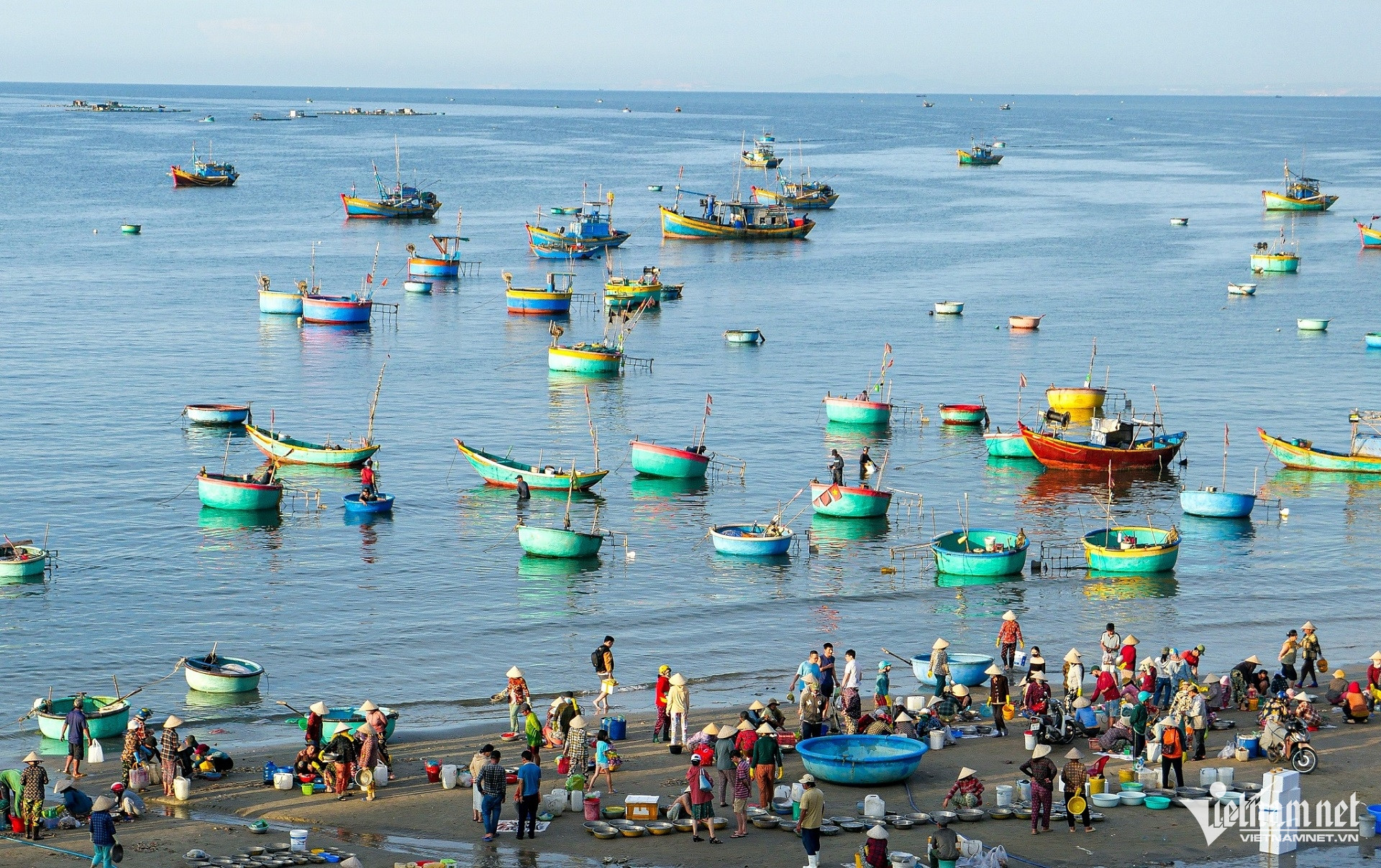
The bustling fish market in Mui Ne, a popular tourist attraction. Photo: Linh Trang
Phu Quy Island
Phu Quy, also known as Thu Islet or Khoai Xứ, is a small island located about 120 kilometers from Phan Thiet. With its pristine scenery, Phu Quy is emerging as an appealing tourist destination, comparable to Ly Son, Con Dao, and Co To.
The island boasts beautiful beaches with crystal clear waters and long stretches of sand, such as Bai Nho, Vinh Trieu Duong, and the “infinity pool” at Ganh Hang. It also offers breathtaking viewpoints like Cao Cat Peak and Lang Duong Fish Lake.
Dak Nong Global Geopark – A UNESCO-recognized Site
Spanning an area of 4,760 square kilometers in the southwest of the Central Highlands, this geopark boasts an impressive 65 geological and geomorphological heritage sites, including nearly 50 caves with a total length of over 10,000 meters, volcanoes, and waterfalls.
Most of the heritage sites within the Dak Nong Global Geopark remain untouched by human intervention, making them ideal destinations for nature explorers.
Ta Dung National Park
Ta Dung National Park is located in the Dak Som commune, about 45 kilometers southeast of Gia Nghia city, along National Highway 28. The park’s centerpiece is the breathtaking Ta Dung Lake.
In recent years, Ta Dung Lake has gained popularity as a tourist destination due to its pristine, majestic, and serene beauty. The lake spans nearly 5,000 hectares and features over 40 large and small islands and peninsulas, earning it the nickname “Ha Long Bay of the Highlands.”
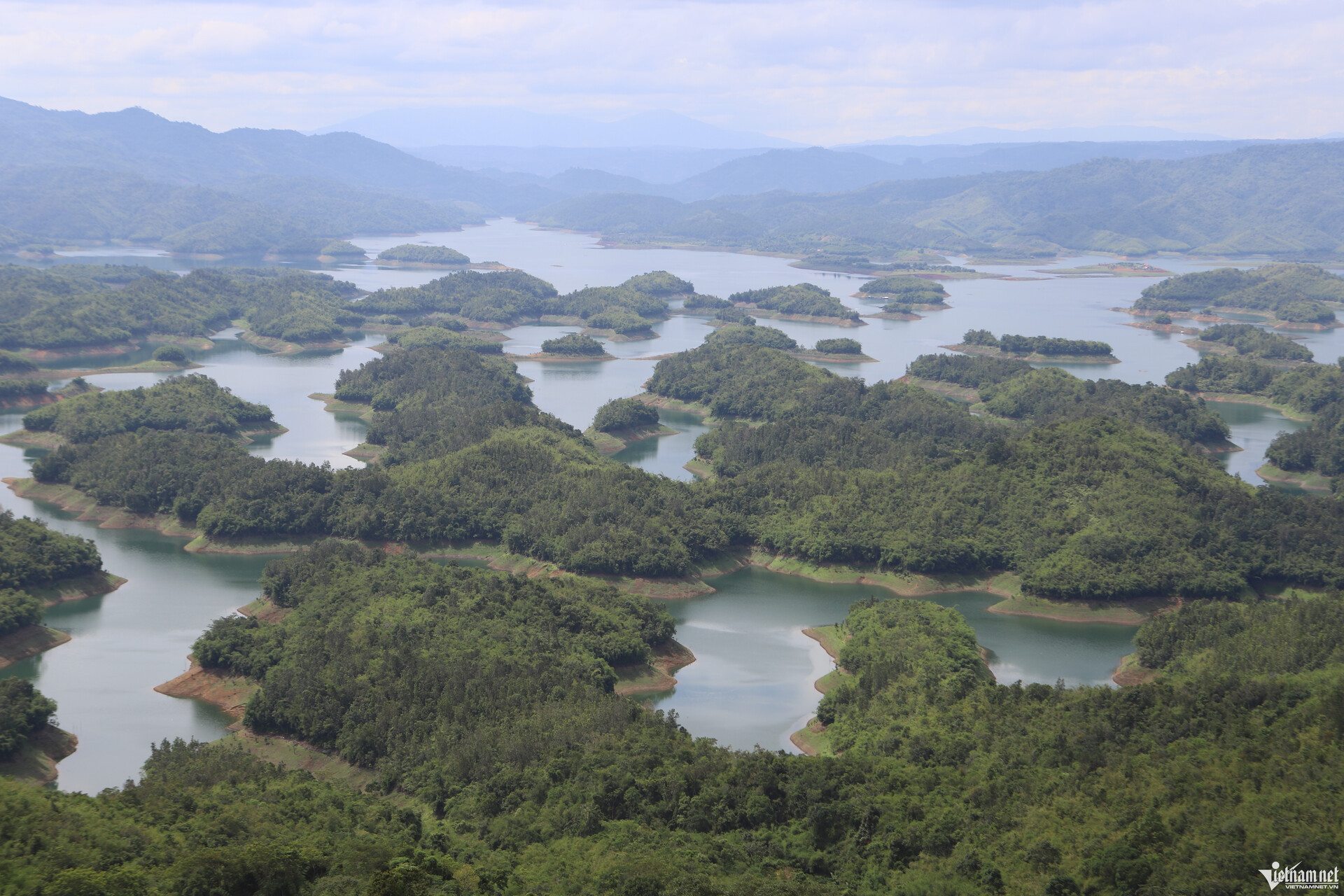
With its myriad of islands and peninsulas, Ta Dung Lake in Dak Nong Province has been likened to a ‘Ha Long Bay in the Highlands.” Photo: Xuân Ngọc
“Should You Plant a Mango Tree in Your Front Yard?”
The mango tree has long been an integral part of Vietnamese culture and lifestyle, offering not just economic and culinary value but also holding deep symbolic significance in feng shui. Is it auspicious to plant a mango tree in front of your house? Let’s delve into this intriguing question and uncover the answers within.
The World’s Fiber-Richest Vegetable, Recognized by the US: Abundant in Vietnam, Yet Underappreciated.
“The humble beetroot is a powerhouse of nutrients and is touted as the world’s richest source of nitrate. This vibrant vegetable is widely cultivated and consumed in Vietnam, with over a thousand varieties grown across the country. From vibrant purple roots to vibrant green leaves, beetroots are a versatile ingredient in the kitchen and a nutritional powerhouse. Read on as we uncover the secrets of this superfood and explore why it’s a staple in Vietnamese cuisine and traditional medicine.”




























